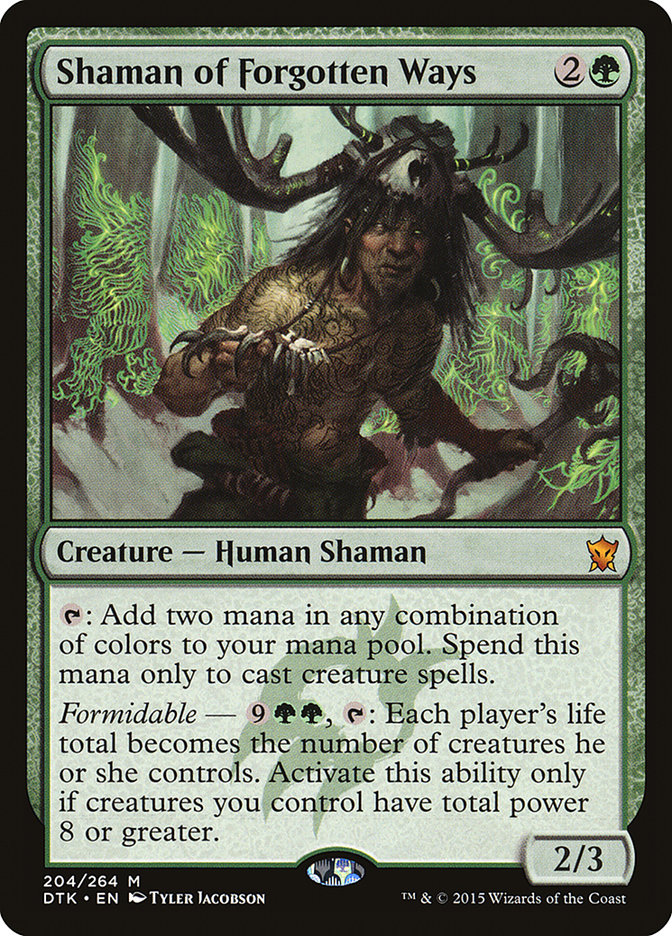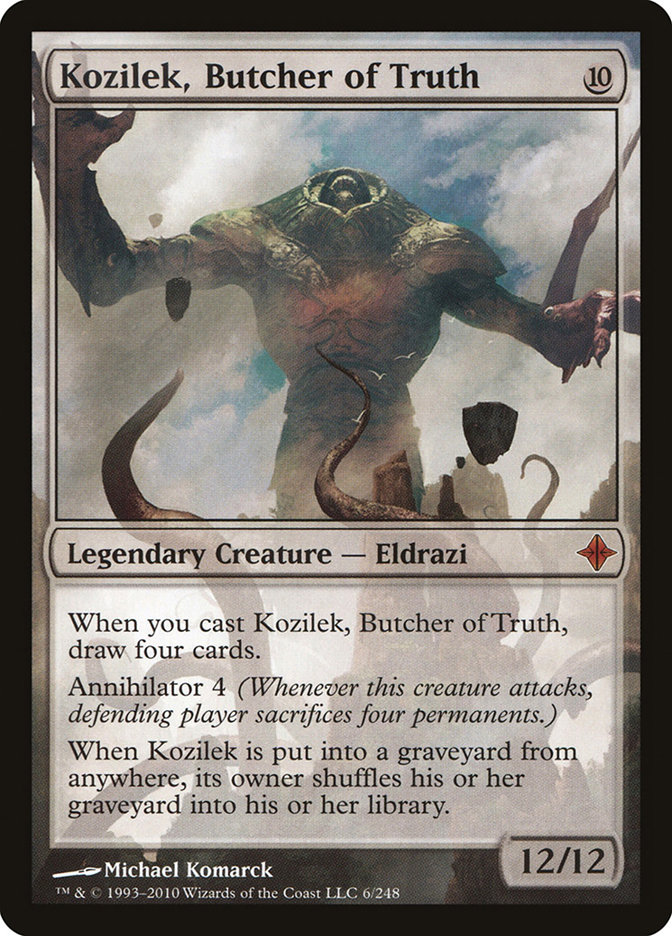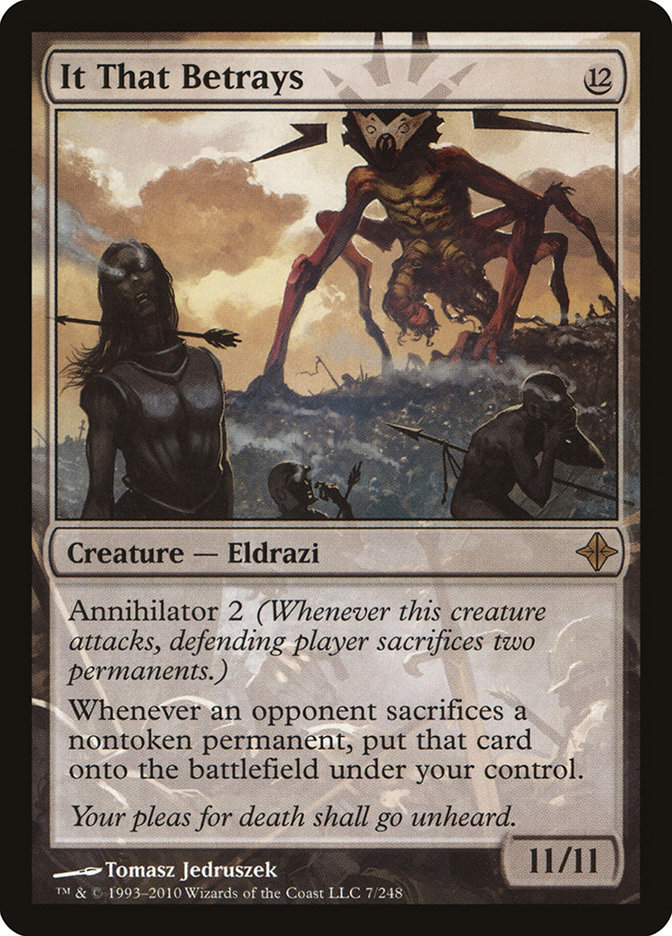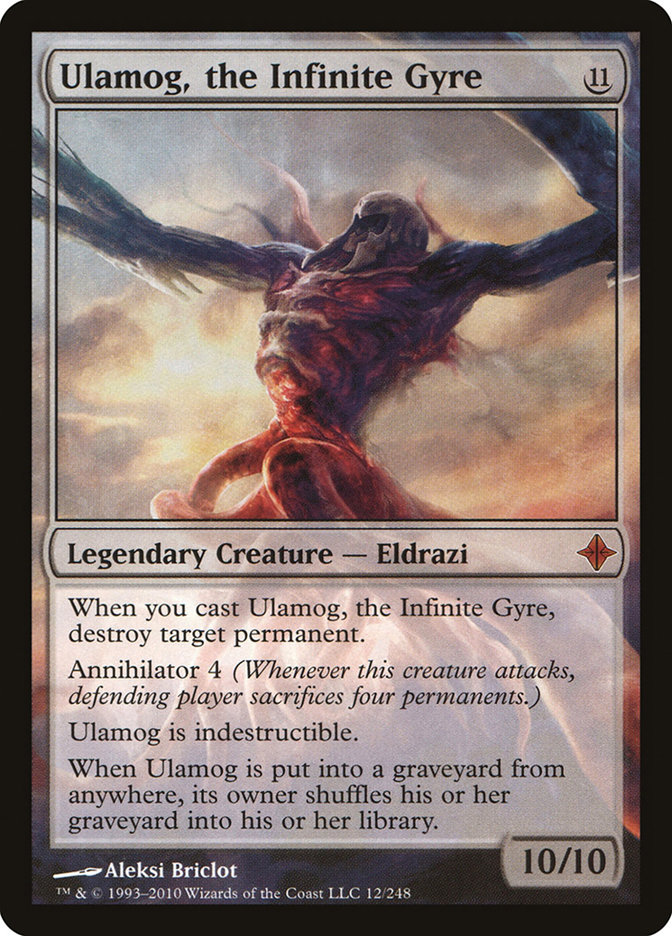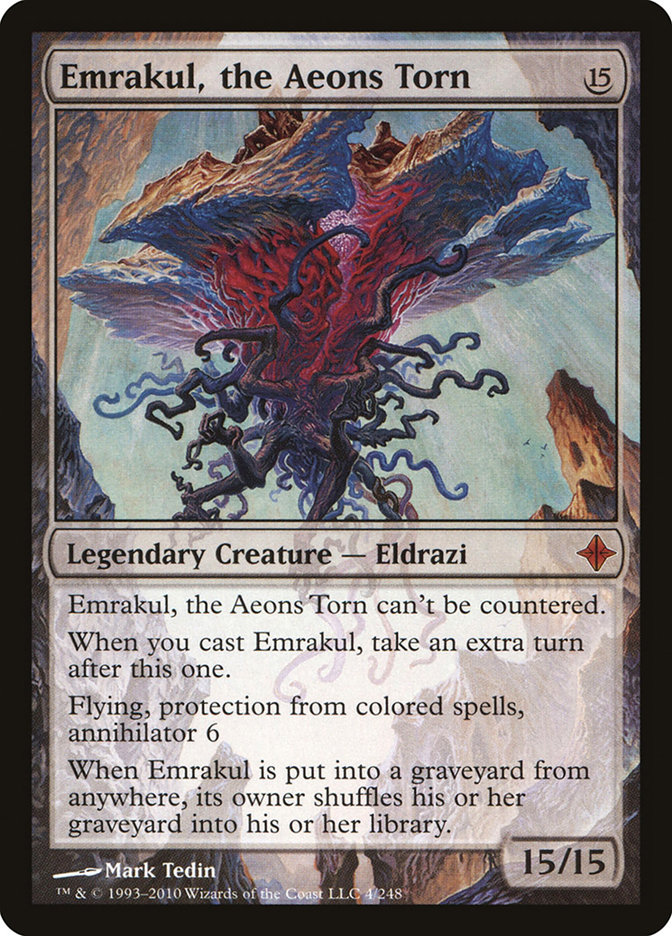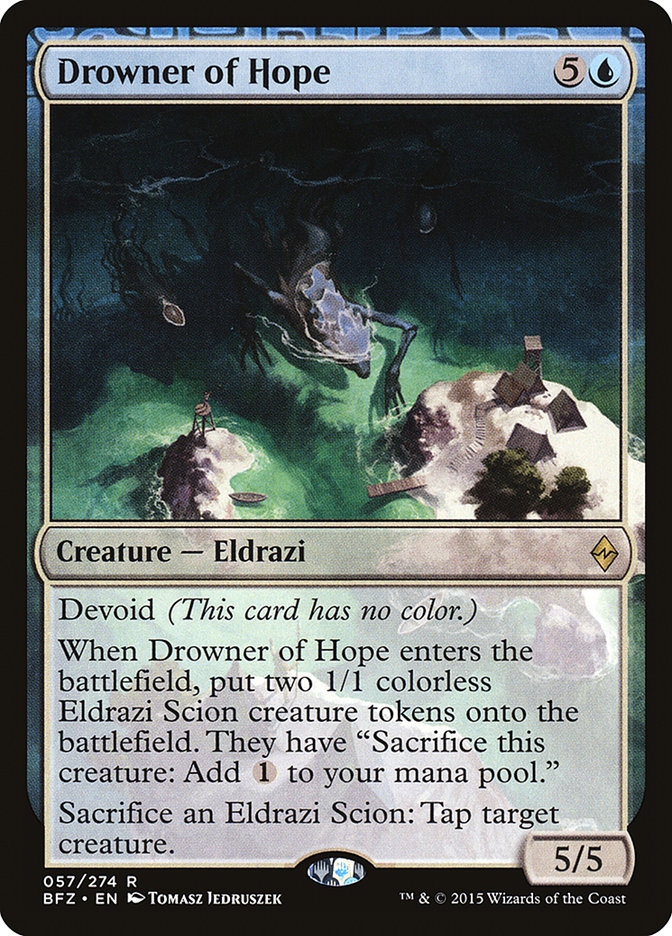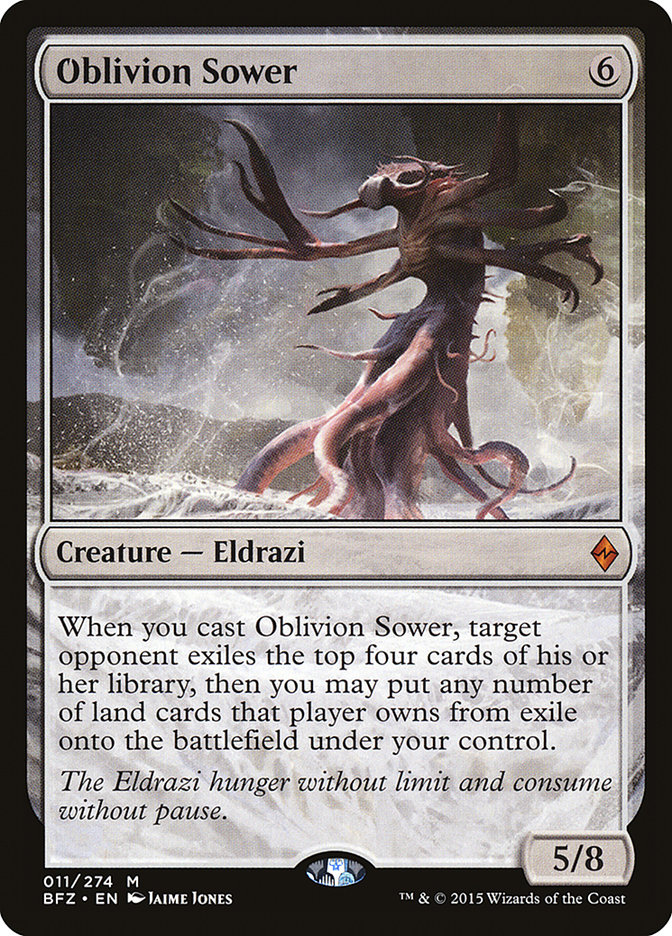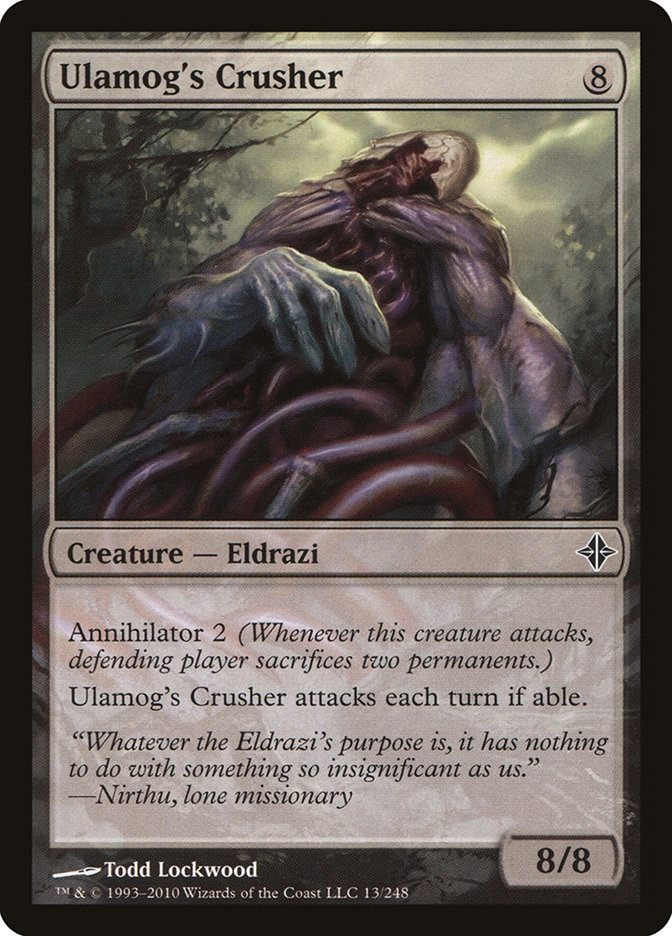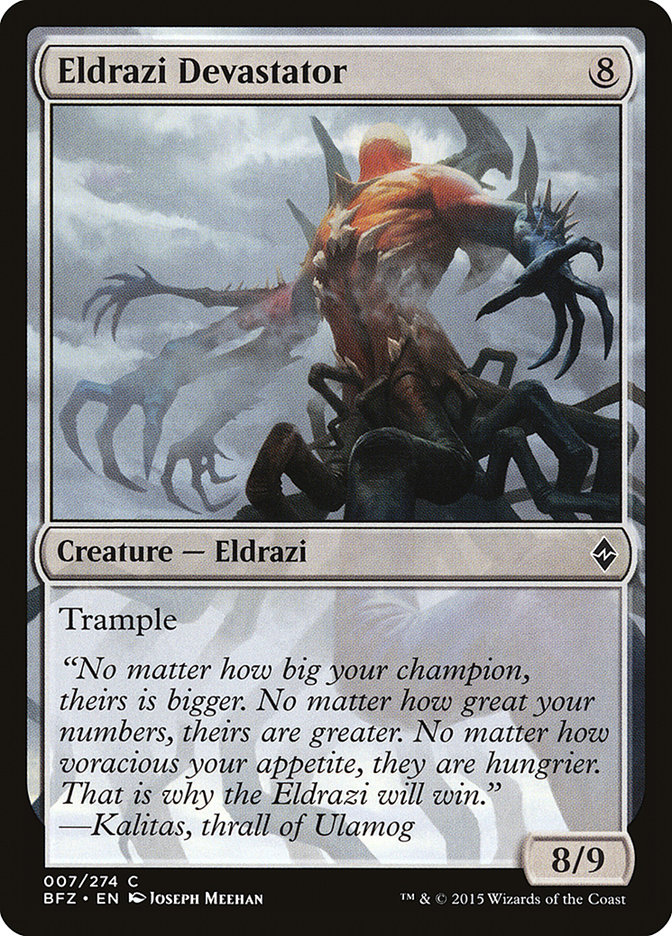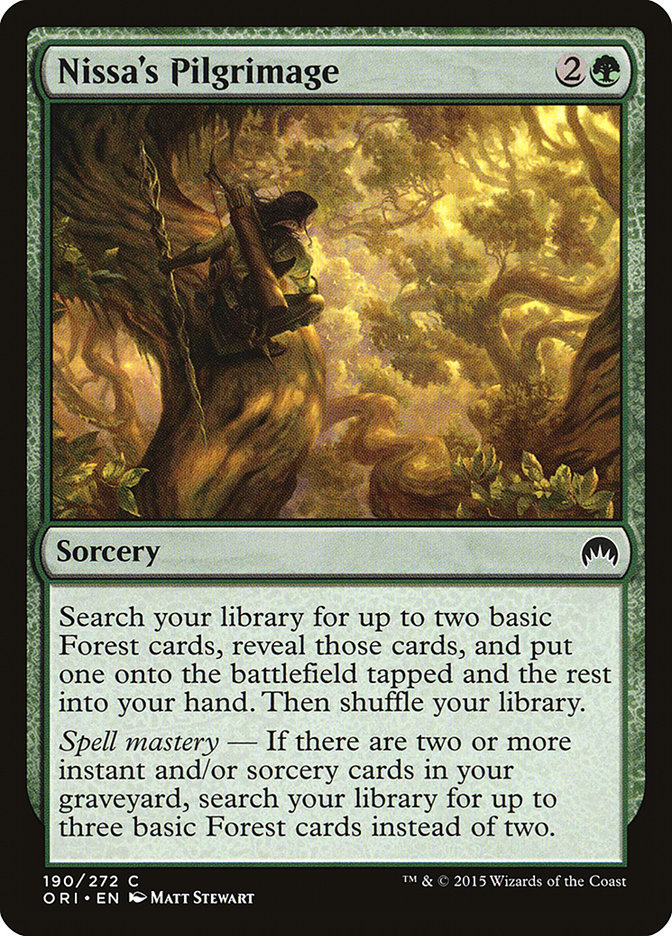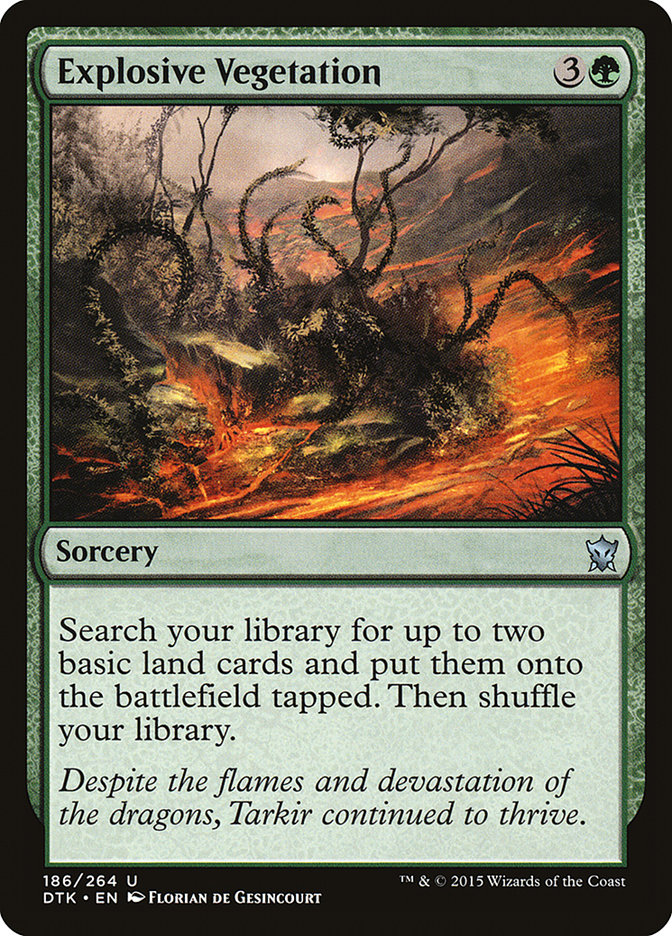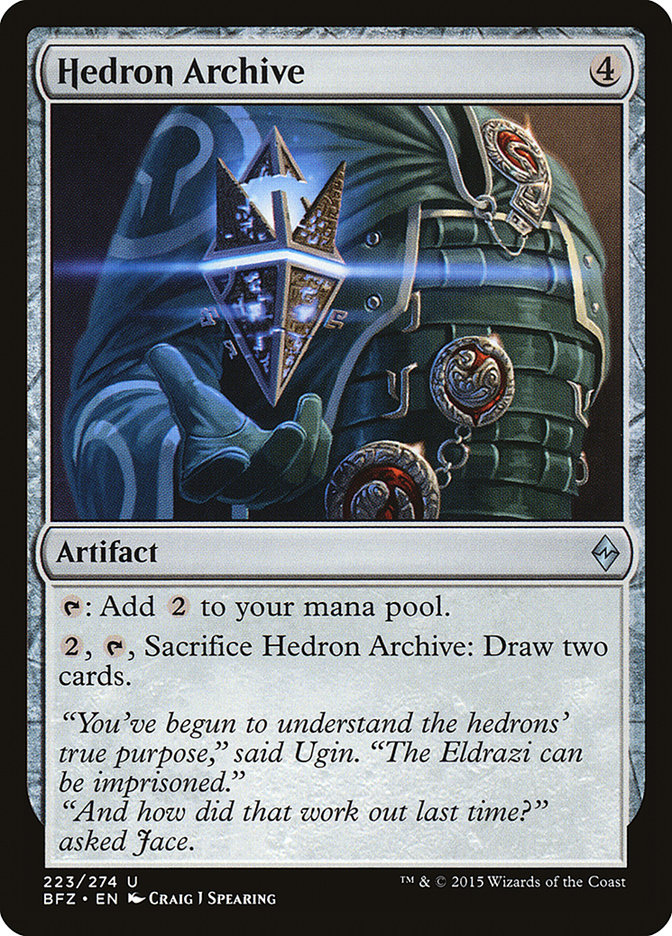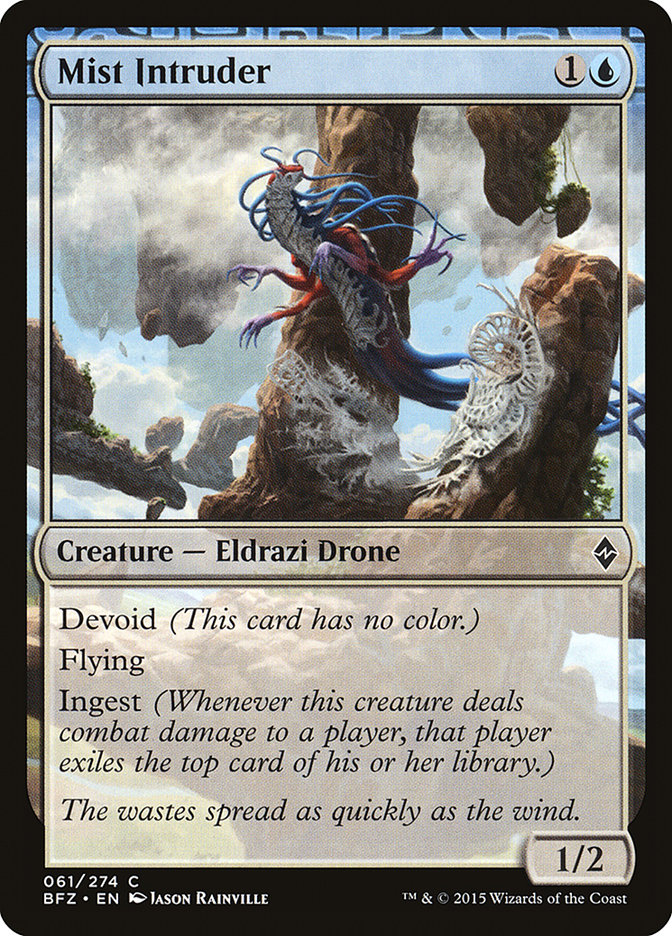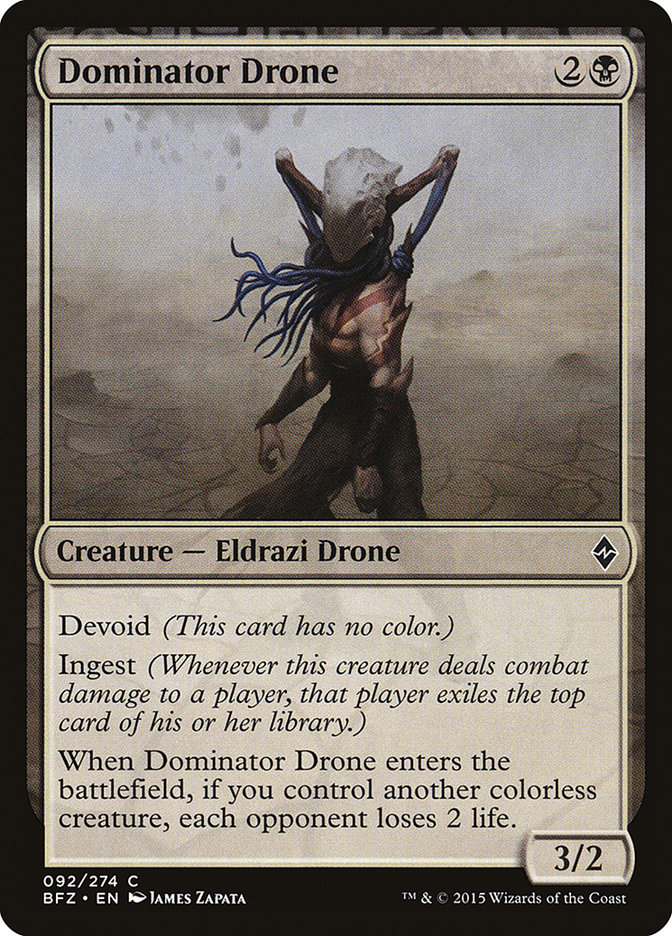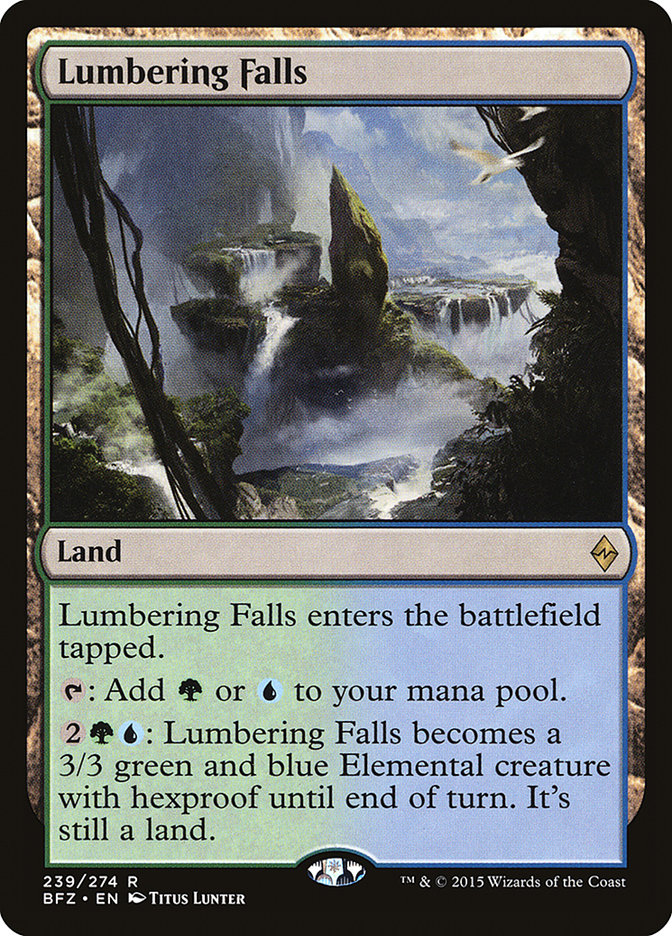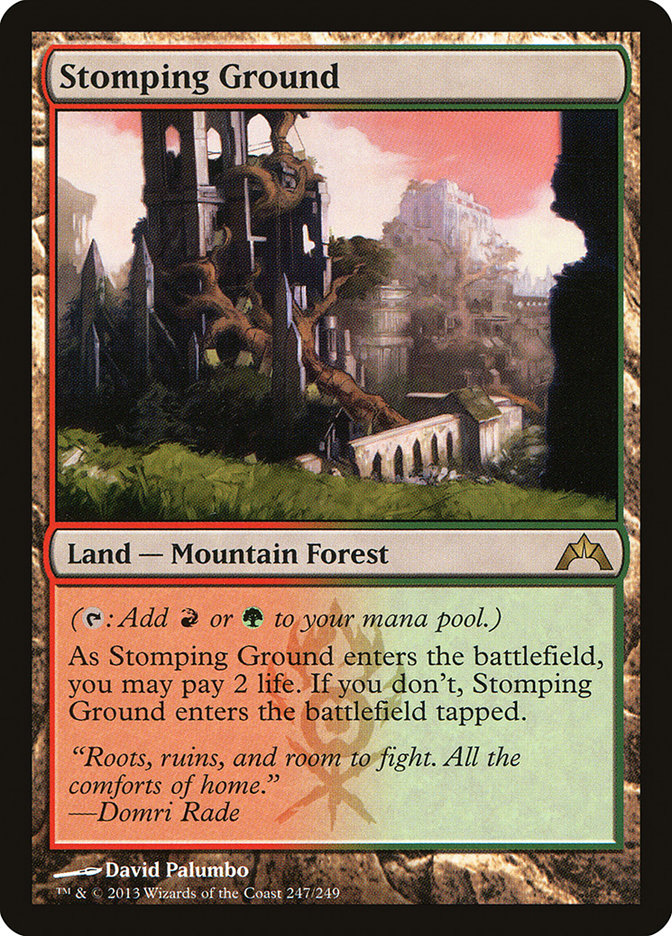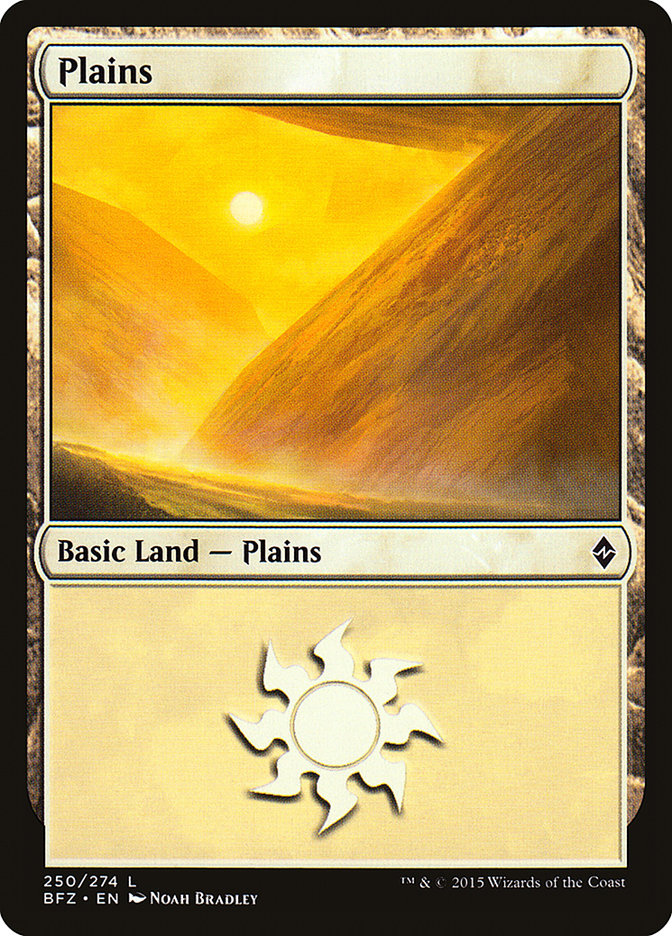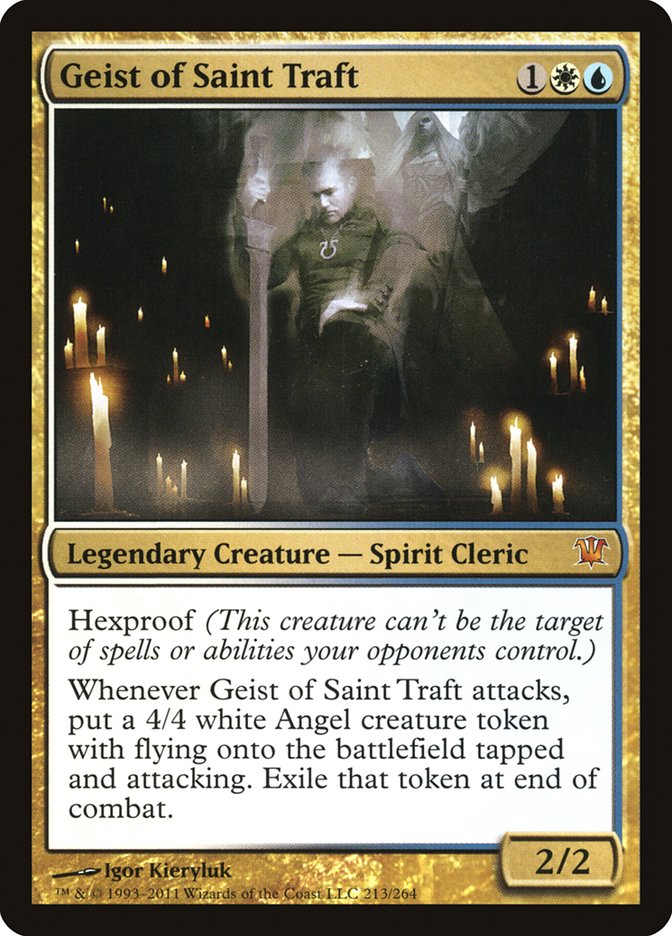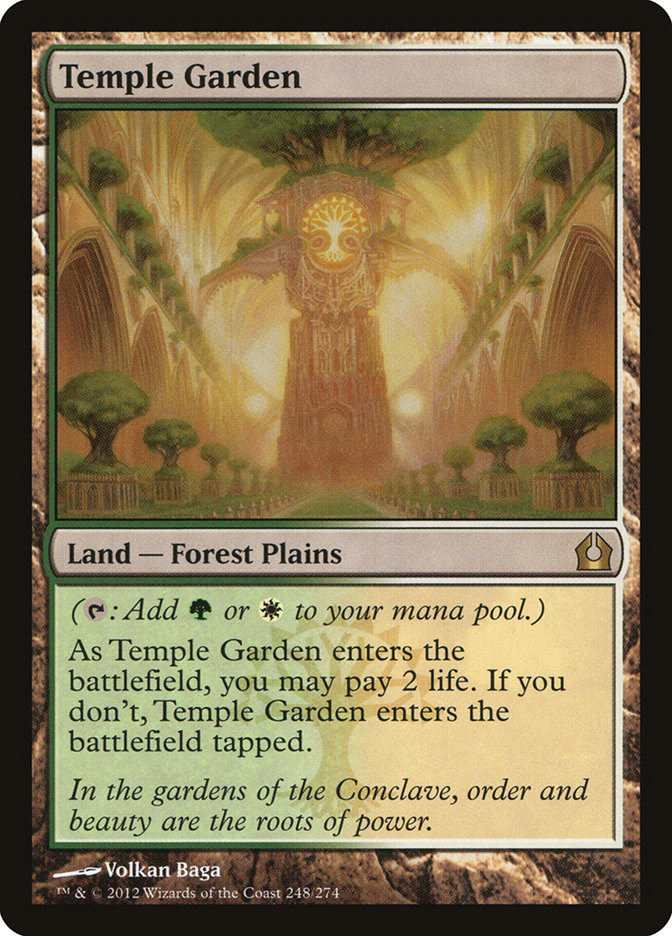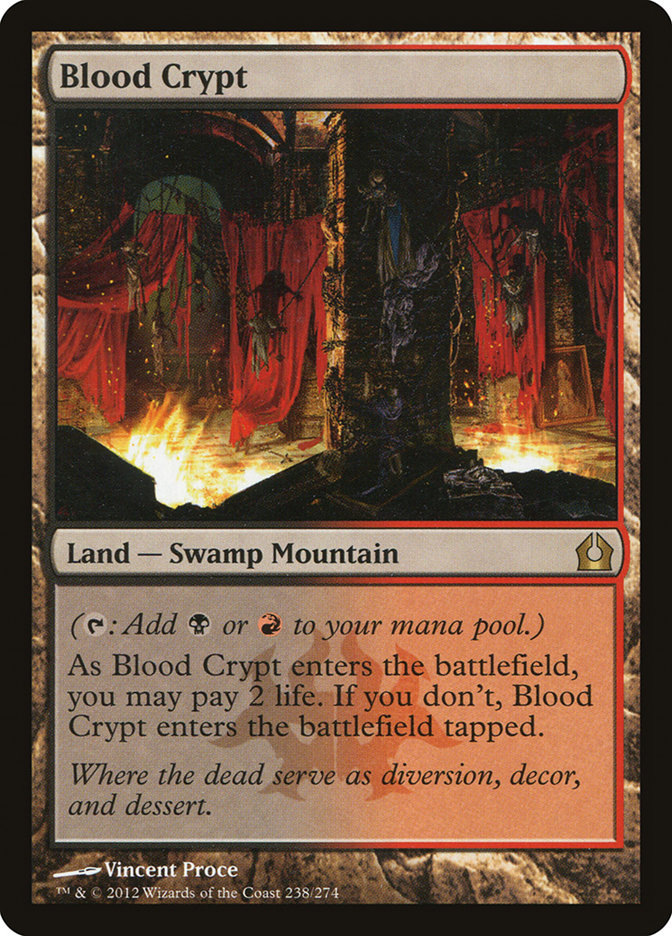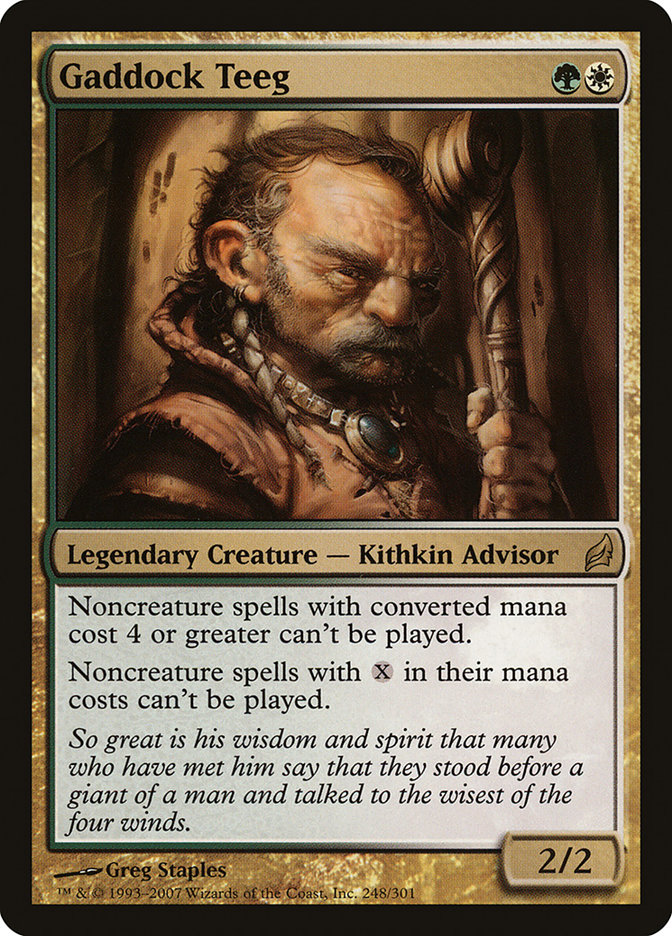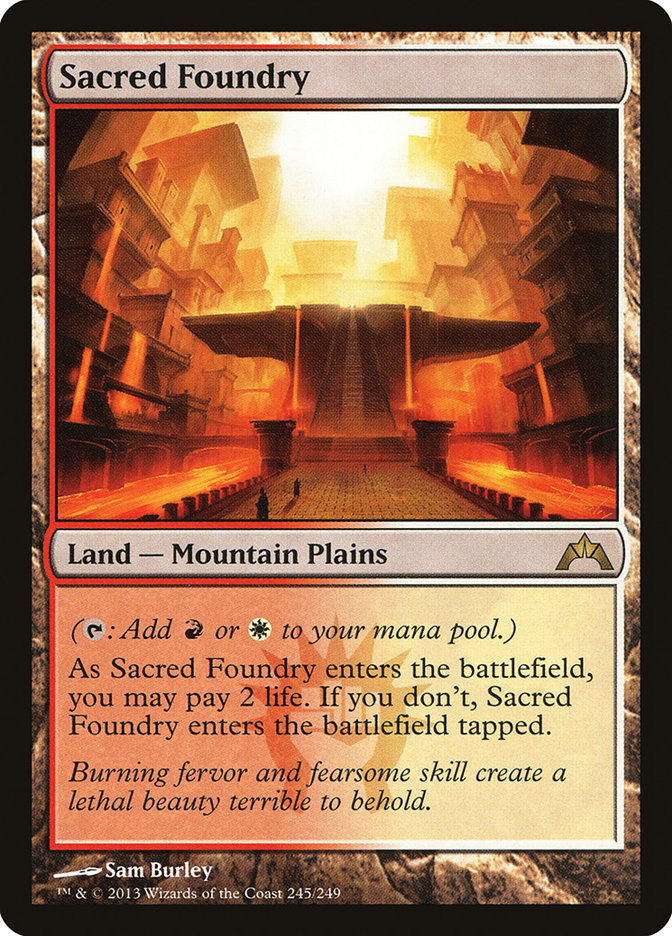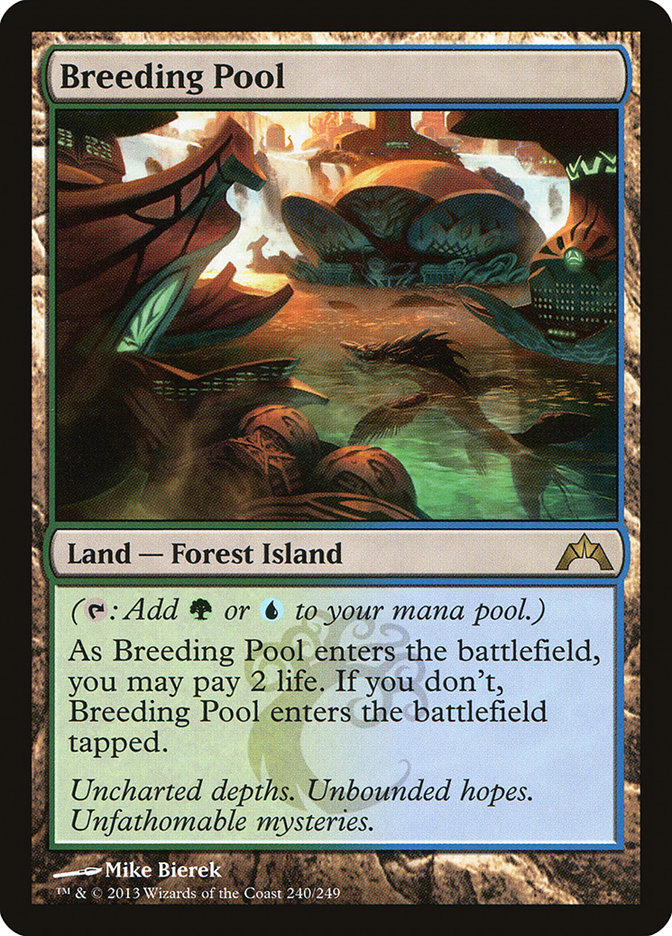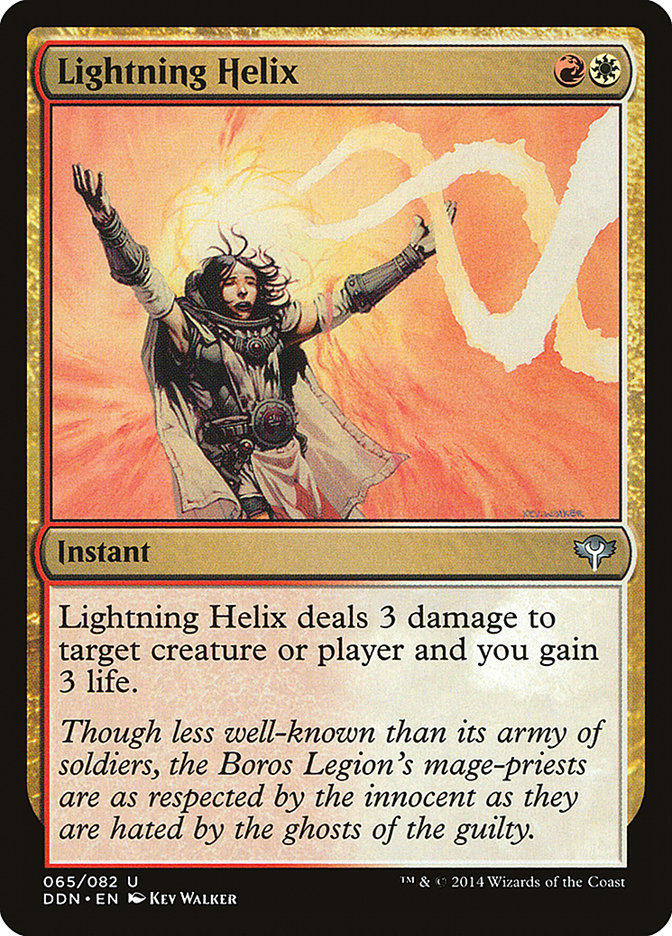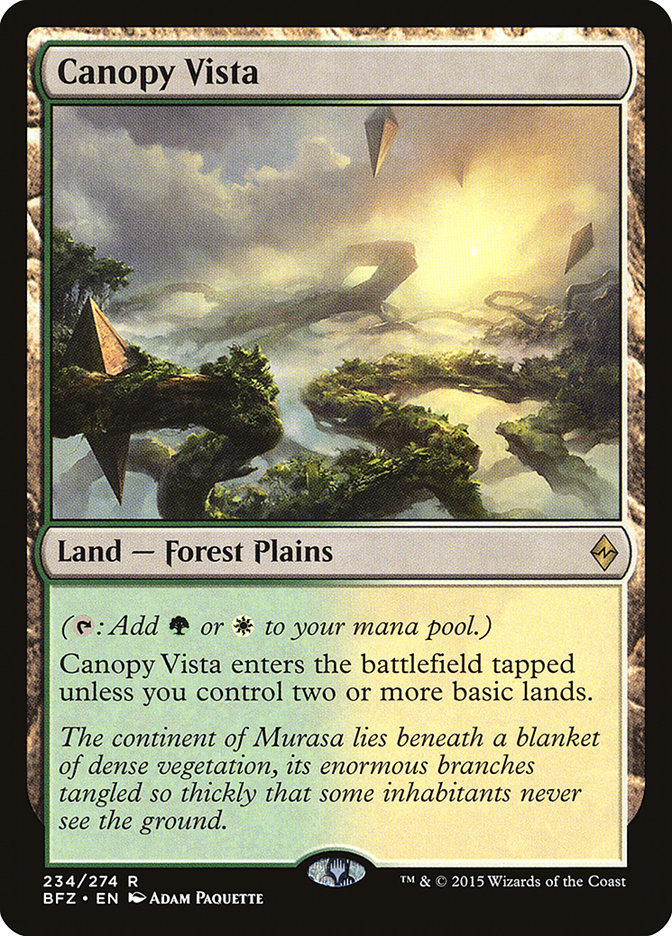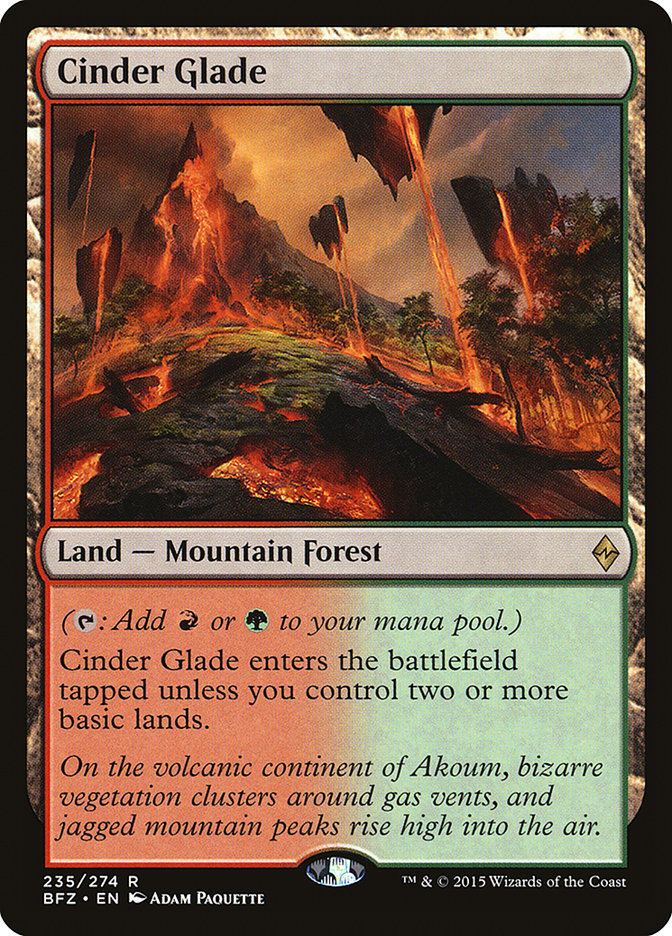Battle for Zendikar
spoiler season is ramping up, and the traditional multi-angle evaluation of a new format is started. How good are the cool new cards? What old cards are
suddenly better due to new synergies? What vacuums are now left by old cards leaving?
While some of this is difficult with so little of the set spoiled, fortunately, a lot of the core of the format is already out there.
Looking at a few of the key cards spoiled so far, this is where I’m at.
Going Big
If you look at card price histories, there are clearly some quiet assumptions being made about where things are going with the Eldrazi in this set. Shaman
of Forgotten Ways and See the Unwritten are both sold out here on StarCityGames at double their price last month at the time I am writing this.
Based on the past baseline for Eldrazi, this speculation isn’t a terrible assumption:
However, based on the current baseline for spoiled Eldrazi, this might be a terrible assumption. Compare the old model to where the actual Eldrazi in this
set are going:
Or just compare the baseline common Eldrazi from each set:
The Eldrazi from this set are just not on the same scale as those from Rise of the Eldrazi, in large part because annihilator is not a mechanic.
None of the Eldrazi revealed so far “kill” in one hit the way the old titans did when they annihilated four or six permanents. Not that getting annihilated
was always unrecoverable, but it sure was close.
Annihilator isn’t even the whole picture, as there’s another piece of the puzzle still missing. Let’s look at some old Eldrazi Ramp decks from Block
Constructed and Standard respectively.
Creatures (16)
- 1 Emrakul, the Aeons Torn
- 4 Kozilek, Butcher of Truth
- 3 Kozilek's Predator
- 3 Ondu Giant
- 4 Overgrown Battlement
- 1 Ulamog, the Infinite Gyre
Lands (26)
Spells (18)

Look at the Eldrazi Paul opted to play: Four Kozilek, Butcher of Truth before adding a second copy of either Ulamog, the Infinite Gyre or Emrakul, the
Aeons Torn. Emrakul’s lower numbers should be obvious, as getting to fifteen via any normal method is a big stretch, but the difference between Kozilek and
Ulamog is mostly drawing cards versus destroying permanents. By heavily biasing towards Kozliek, Paul was stating that he was very interested in ensuring
that the first Eldrazi Titan was followed by a second one if necessary. Similarly, there were two Eye of Ugin in the deck, two Expedition Map to find it
with very few other cards it really wanted to grab, and four Ancient Stirrings to find either of those cards.
Creatures (11)
- 1 Oracle of Mul Daya
- 1 Terastodon
- 1 Emrakul, the Aeons Torn
- 1 Kozilek, Butcher of Truth
- 2 Ulamog, the Infinite Gyre
- 1 Obstinate Baloth
- 4 Primeval Titan
Lands (27)
Spells (22)

Again, we see a large number of ways to access Eye of Ugin, specifically Primeval Titan this time around. This deck was mostly a Primeval Titan deck that
used Eye as its unbeatable post-Titan end game in contrast to the similar G/R decks of the time that used Valakut, the Molten Pinnacle.
In Constructed play, the threat of the giant Eldrazi has always been inevitability. Emrakul, the Aeons Torn is a bit of an aberration as it’s just so big,
but when you were playing with the smaller Titans, the threat was always that the second one was always there waiting if the first was ever answered.
We’ve seen this multiple times recently with Ugin, the Spirit Dragon and Dragonlord Atarka. The ramp strategies we have seen featuring those cards is that
they are not the sole goal. There is a lower threat that leads up to them, whether it is Stormbreath Dragon, Whisperwood Elemental, or something else, and
they are often followed by another cast of the same card via Genesis Hydra or Haven of the Spirit Dragon. The key to ramp decks is not winning the games
where your opponent doesn’t have an out but winning the games where they play relevant Magic cards and your giant monster isn’t quite enough to get there.
Now, this might not necessarily be true with Ulamog, the Ceaseless Hunger. Exiling two permanents is a lot more than destroying one with Ulamog, the
Infinite Gyre. Being indestructible matters, though Abzan Charm may have something to say about that. When you are counting large amounts of mana, no
matter how small the difference might seem, costing ten is significantly less than costing eleven, as each extra mana is often an extra card required to
produce it.
Regardless of these edges, I think my point still stands: There are ways to handle Ulamog, and it takes enough cards to produce the ten mana for it that
even if you get a three-for-one out of the card, it might not be enough. You can’t just be an all-in deck based around the card–you need to be able to
represent a second or third threat on the same level. Except all indications point towards the Eldrazi from this set not necessarily matching up to the
Eldrazi Titans from Rise. The big indicator is that storywise it is explicitly stated Ulamog is the only Titan left on Zendikar, but there are
other things that point this way (like Oblivion Sower taking up an Eldrazi mythic slot that could have gone to some thirteen-cost monster). Where does this
leave us? Ulamog will probably see play. If it does so, it is going to be flanked by old ramp targets, namely Dragonlord Atarka and Ugin, the Spirit
Dragon.
I don’t think this is a great world for either of the two Khans block mythics I brought up earlier. Shaman of Forgotten Ways is a powerful way to
add multiple mana, but it is extremely fragile. When you start counting up to ten, you can’t afford to lose cards to removal on the way up. Hitting seven
naturally for Dragonlord Atarka is realistic over a grindy game, but the full ten for Ulamog is stretching it a little too far. As for See the Unwritten, I
expect very little from the card. Ulamog, the Ceaseless Hunger without the cast trigger of double Vindicate is not an exciting card. Woo, 10/10
indestructible that does nothing to stabilize the board and kills slightly slower than if it had trample. It is not an annihilator Eldrazi, and cheating it
into play is something that is specifically designed to be unexciting.
The cards I can see getting way better are Nissa’s Pilgrimage and Explosive Vegetation. If you are ramping higher, you can afford to be a little
less aggressive with your ramp fitting into your curve and move away from cards that die to removal like Rattleclaw Mystic. These cards also ramp well into
Ugin, the Spirit Dragon since they never die to a –X.
Similarly, Hedron Archive will be an insane addition to these decks. Not only does it jump the four to seven gap into Dragonlord Atarka like Explosive
Vegetation does, but it also survives Ugin’s –X and is a live topdeck later on as a six-mana Divination. People may remember Mind Stone being great, and
this card is no different. The fact that it is always a virtual two-for-one whether it is in mana or cards mode is huge.
There probably will be a large ramp deck as a result of this set being printed, but it is not going to look quite like people expected before seeing the
cards.
Ingest and Processors
There isn’t a ton of information out yet on this side of the Eldrazi, but clearly if a keyword mechanic is involved, there has to be something going on.
Even more so if it is one (Ingest) and a creature type dedicated to other half of the interaction (Processor). The idea that you can channel cards into the
exiled zone then get an advantage from it has to build to somewhere, even if the only current examples are a glorified Cloudgoat Ranger in Blight Herder
and a six-mana ramp effect in Oblivion Sower.
To get the obvious out of the way, just Ingesting just to Ingest is not a good plan. It basically does nothing. Using Mist Intruder as the baseline makes
this really easy to see. Screeching Silcaw is not a card anyone remembers, and I’m pretty sure there was a similar small flier that milled on connect that
was so unplayable I literally can’t remember anything about it. (After thinking for a solid minute, that card was Shriekgeist).
Similarly, playing a Processor just to punish people for exiling their own stuff is loose. Look at Blight Herder in the context of a “hate card” for delve.
Woo, if they delved you get to make three 1/1s. It’s kinda efficient and kinda powerful, but not so much that it is on par with Choke, Deathmark, Virulent
Plague, Rest in Peace, or really any other playable sideboard hate card.
This clearly is a two-part engine here where you need both enablers and payoff cards.
Looking at the existing cards in the format with the word “exile” on them, the big interaction to facilitate these exile shenanigans that stands out is
just casting Anafenza, the Foremost or Abzan Charm the normal way. If you want to get cute, you can Silkwrap, Suppression Field, or Hixus, Prison Warden to
“temporarily” exile some creatures then put them where they won’t be returned to play if your card dies.
The effect to look out for with Processors is anything along the lines of Galepowder Mage or Astral Slide. If you have an effect that temporarily exiles
your opponent’s permanents that you can then level up to full on removal, you have something cooking there. Unfortunately, my guess is that there is no way
Wizards would put that interaction in the same set as Processors and would either just not have them overlap or wait until the tail end of their presence
in Standard to set something that powerful up.
There isn’t a ton going on here just yet with the spoiled cards, but I’m patiently waiting.
The Rest of the Eldrazi
There is another big Eldrazi shift between this set and Rise: The Eldrazi in this set function much more like normal Magic cards than they did
when they were just ramp enablers and payoffs. Part of this is the shift to 1/1 Eldrazi Scions over 0/1 Eldrazi Spawn. I compared Blight Herder to
Cloudgoat Ranger above, but the interesting part is that a similar comparison holds true further down the line.
I’m actually really interested in Drowner of Hope. It curves conveniently into Ugin while surviving the –X sweep, but more exciting is the fact that it is
a six-drop threat that is both resilient to removal by leaving around 1/1s and resilient to opposing threats via the tap ability. In fact, the Ugin synergy
might be actively bad as tapping opposing creatures is usually at its best when that clears the way for more things than just your 5/5. I think people’s
initial reaction to this as “just another Intro Pack rare” is well below how good it is, and while it isn’t Siege Rhino jump off the page powerful, I
expect it to make a few appearances over its time in Standard.
Outside token land, there are even some reasonable aggressive low-drops. Dominator Drone feels like the kind of card that would have been exciting ten
years ago but is now just average at best; however, Forerunner of Slaughter is really good. Ignoring the ability, a two mana 3/2 is not unreasonable now
that three mana no longer buys you a 2/4 lifegaining card advantage engine in Courser of Kruphix. Ignoring that the ability targets other creatures, giving
that same two mana 3/2 effectively kicker 1 to gain haste is good. Add that to being able to haste up the rest of your creatures, including sacrificing the
Scions that larger Eldrazi might bring along to do so, and you have a very solid two-drop.
If this is any indication of where the rest of this set is going, the Eldrazi aren’t just going to be a gimmick tribe this time around.
The Mana
Since Ross Merriam already beat me to the punch on this one, I’m going
to keep this section straight and to the point.
First, I had a long point to make about how Temples leaving the format was a huge blow to midrange decks looking to play five- and six-drops, how Read the
Bones and Abzan Charm were now way too important, how Jungle Hollow wasn’t embarrassing, and how Anafenza, the Foremost and Mantis Rider were some big
winners as painland wedge mana was now the norm.
Then they went and spoiled Lumbering Falls.
Basically, nothing has changed with regards to three-color mana now. If anything, the 26 land Abzan deck is now going to want 27 lands because having lands
that are also spells is so good. The Temples were only a fractional spell of value, and you still wanted to max out on them.
Back in Worldwake Standard, I have distinct memories of trying to play wedge decks and quickly realizing it was a stupid idea because I was still
only stuck with four Celestial Colonnade in my Jeskai deck while my opponents got to play four Raging Ravine and two Lavaclaw Reaches in their Jund deck. I
did end up playing a Jeskai deck the next year but only because it was the most broken deck I’ve ever played in Standard and nearly a third of the maindeck
will end up banned in Modern at some point. If this last year is any indicator, the limits on tapped lands are high enough that the cost of jamming eight
of these on top of your Clan’s tri-land is negligible. Unless these are all relatively low power (and admittedly Lumbering Falls is), I expect Siege Rhino,
Crackling Doom, and Mantis Rider to be just as well supported now as they were before rotation.
Second: Ross doesn’t go too deep into four-color mana in this format, but there’s a pretty clear way it works out in this format that might actually be the
most important part of the new Canopy Vista cycle.
The big issue with fetch-dual manabases for a bunch of gold cards is figuring out a way to build everything such that you can cast it on curve. For
example, I ran a Domain Zoo deck earlier this year at Grand Prix Omaha that would fetch the following lands:
To support the following cards:
None of the lands I listed overlap poorly with my multicolored cards. Compare this to 2007 style Domain Zoo, where you would have some scenarios like this:
Or this:
You can have very similar scenarios with the Battle for Zendikar Standard fetch-dual mana where you have can have a bunch of duals in play and
still be unable to cast certain spells if you aren’t careful. This is magnified because there are only five duals and five fetches and not the full ten-ten
as we have in Modern. The selection process while you are curving out is actually difficult and not close to perfect. Even if your plan is to just overload
on duals, you can run into issues with everything entering the battlefield tapped. If you are effectively adding one to the cost of all your awesome
multicolored cards by hitting them a turn off-curve you are no longer leveraging the efficiency that makes them so potent.
But if you build your decks to curve out like this:


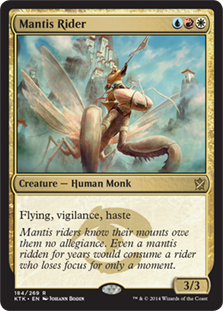
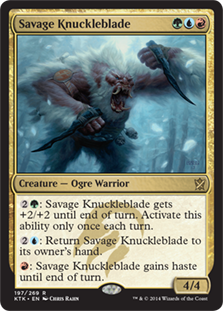

Or this…


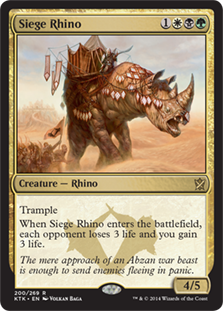
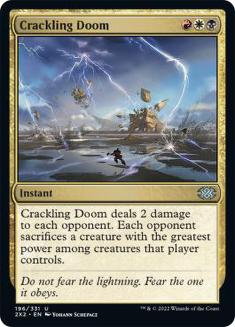

You can make decks where your fetches are at their best and your spells are most likely to be on curve.
Start in enemy colors, select your two “splashes” of Clans, and fetch the dual that ties the room together. It’s very possible that Evolving Wilds plays a
big role here in fixing your base colors while keeping your effective basic count high.
As a lot of this alludes to, this is only the start. There’s so many things that can happen in 200 cards, and I look forward to putting the puzzle together
as the pieces are revealed.

